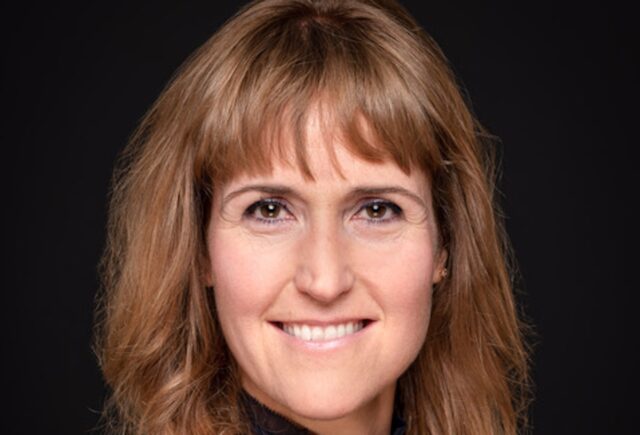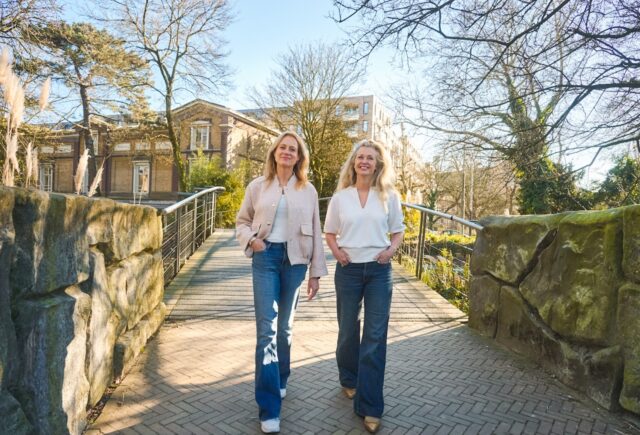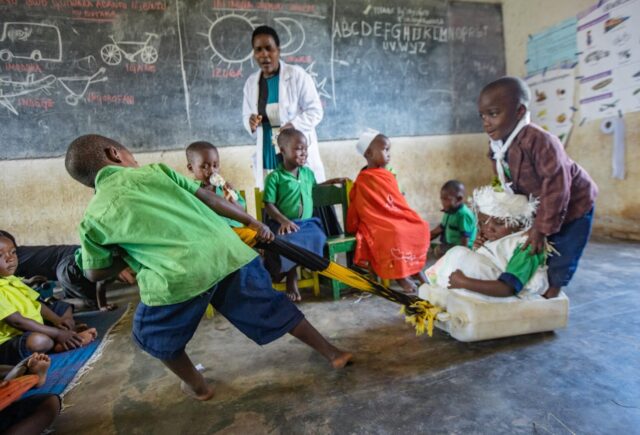A $1bn initiative from two powerful philanthropic foundations aims to catalyse investment in distributed renewable energy (DRE) to inject greater momentum in slow market development. We spoke to both foundations to explain their bold move.

In short
- Global energy platform aims to reduce 1bn tons of GHG emissions
- The aim is to plug a funding gap and catalyse investment in a sector that could transform 1 billion lives
- Distributed renewable energy is viewed as a more rapid and cost-effective means of providing power to last-mile communities.
The Ikea Foundation and Rockefeller Foundation’s joint announcement on 21st June that each
will donate $500mn to support distributed renewable generation projects in developing nations highlights distributed renewable energy’s (DRE) growing appeal as a means of achieving impact by combating both energy poverty and the climate crisis.
The $1bn commitment with the IKEA Foundation is the largest single commitment in the Rockefeller Foundation’s history.
By joining forces, the two foundations want to leverage billions of dollars more and inject greater momentum into an area where the global response has been distinctly underwhelming.
The foundations’ aim is to fund a global energy platform that will scale the DRE market globally. The platform – launching this year – seeks to reduce 1 billion tons of greenhouse gas emissions and to empower 1 billion people.
As Eric Phillip Gay, Director of Program Influence and Power/Climate at The Rockefeller Foundation told Impact Investor, “It delivers multi-sectoral benefits: it is local and inclusive, it creates local jobs, and can drive economic inclusion and new opportunities across small industries and agriculture.”
Slow DRE market development
DRE is defined as renewable energy generated from sources such as mini-grid and off-grid solutions, located near the point of use, rather than centralised sources like power plants. DRE has come into favour because it is a more rapid, cost-effective and sustainable way to provide reliable power to last-mile communities.
The Mini-Grid Funders Group, which consists of 30 financiers, reported in June 2020 that despite combined commitments of $1.8bn from its members into mini-grids globally, only 13% had been disbursed to date.
Governments have also come up short. In 2009, wealthy nations promised to mobilise $100bn a year by 2020 to help developing countries deal with the worst impacts of climate change. That target passed unmet.
Platform to accelerate and scale investments
The calculus behind the funding initiative is simple. While funding to support energy transition has increased at a global level, many organisations struggle to identify viable, investment-ready projects. As a result, many emerging economies still depend on unreliable and polluting energy sources.
By creating a platform to deploy catalytic capital more efficiently, and at a scale that supports the expansion of local renewable energy projects, the foundations argue that governments will be better able to achieve renewable electrification and development targets.
The platform will focus on scaling DRE in emerging economies, substantially reducing CO2 emissions in the near term, both by greening the grid and by disrupting the pipeline of fossil fuel plants that are planned or under construction.
These include some of the 500 GW of new coal plants in the pipeline across developing economies, which together would emit 85 billion tons of CO2 over the coming decades if built.
Investments through the platform will be focused on developing renewable energy projects that can easily plug into the grid; can attract capital to scale these projects after initial prototyping and measures to de-risk; and, source solar and related technologies in order to lower prices, for example via pooled purchasing or bulk procurement.
“It will look to catalyse capital by pooling and distributing new resources, and by de-risking projects so that they can be more attractive to the private sector and local entities, further boosting their sustainability,” said Gay.
De-risking the market
The de-risking element is key, Jeffrey Prins, Head of Portfolio at the Ikea Foundation, told Impact Investor.
“Looking at specific projects, it’s a chicken and egg situation. There is money but it’s just ticking the right boxes to be unlocked. So there has to be some grease on the wheels to get things moving.”
Looking at the energy access space, there are only about a handful of really serious foundations. A lot of the work is fragmented and will benefit from alignment at scale, says Prins.
“This is really a collective effort, a platform to bring substantial commitment to the table and hopefully unlock more foundation support. It is especially aimed at leveraging other types of capital.”
By the November 2021 COP 26 conference in Glasgow, there should be clear indications of leverage. “We aim to leverage about $10bn by the end of this year, and then we’ll be on the road to $20bn. But all in all, it should catalyse the acceleration of clean energy, so that by 2030 we have reached our goal,” said Prins.
Business case
Carrying on as normal is simply not an option. “We cannot rely on the traditional approach to electrification, which has remained unchanged for more than a century – a centralised model in which large-scale and often dirty electricity generation has been combined with the relatively slow build-out of expensive transmission and distribution lines across nations,” said Gay.
There is also a wider agenda at play. There’s a need to show stakeholders across the public and private sector that making investments in renewables and tackling climate change will not hurt the economy, jobs or workers; quite the opposite – it will build sustainable systems that will promote more equitable economic growth.
“Electricity powers businesses, job creation and social connection; it is the light to live, learn and work by, and can be the difference between life and death. For much of the world’s poor, the key impediment to their entry into a modern economy is a lack of access to reliable electricity,” said Gay.
The foundations contend that the business case is sound, particularly with per kilowatt-hour costs of renewable energy down to rock bottom levels of an average $0.03-0.05.
“For us, it’s a pretty simple carbon down, incomes up model. When we started the conversation about the initiative with the Rockefeller Foundation, we said, we have about 10 years to cut carbon. That’s the biggest driver for us,” said Prins.
Win-win for people and planet
The IKEA Foundation has seen case studies where incomes have increased by 10 to 20% right away, and carbon reduces by 40 to 50%. “So that’s sort of your development pathway that not only works for the planet but also works for many people,” Prins says.
The foundations are thinking big. By 2030, the global energy platform aims to provide 1 billion people with productive electricity access, increase household incomes by 2x, improve gender equality with women as 50% of productive-use customers and employees in the DRE value chain, avert 1 billion tons of CO2 relative to business-as-usual projections and make significant progress on human well-being.





